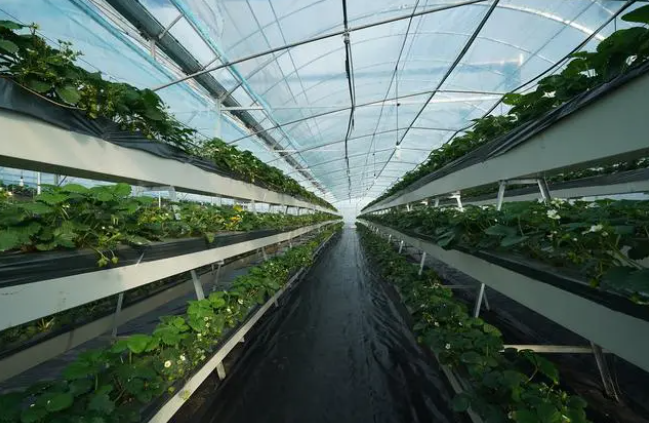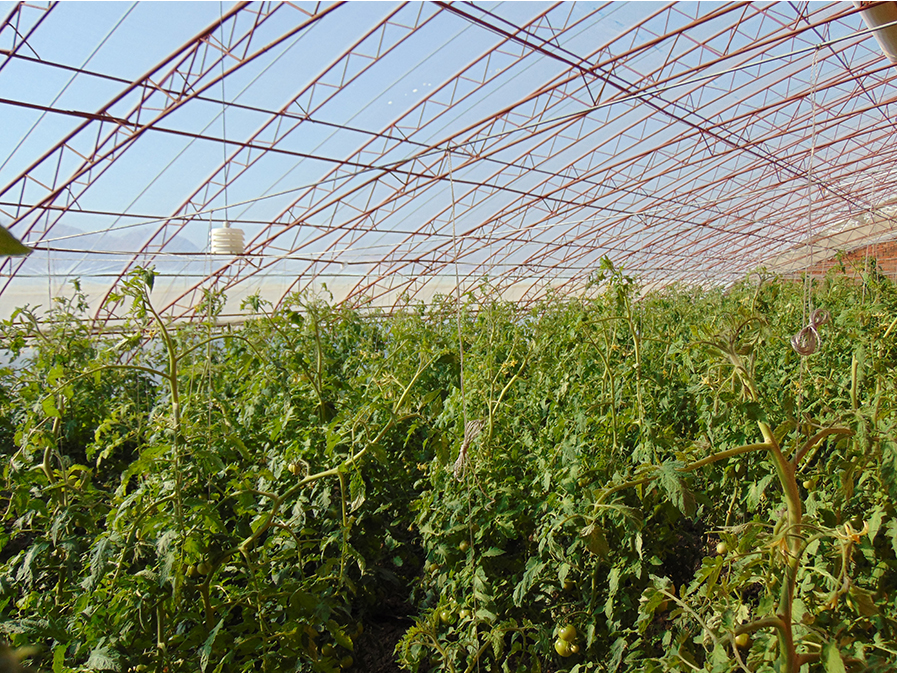Auxiliary lighting
Light is the basis for photosynthesis in plants. Supplementary lights allow plants to photosynthesize despite the lack of sunlight, thus adding color to the plants.


Plants on the light requirements are summarized in two main, the requirements of the spectral components and the requirements of the intensity of light. That is, (a) chlorophyll absorption of light is selective, the main absorption band has two, 420-470nm for the center of the blue-violet light and 640-680 for the center of the red light, and seldom absorbed yellow-green light, this part of the light is reflected, so most of the plants are green. Spectrum does not meet the matching requirements, the crop can not grow normally, this condition is called spectral matching conditions, it can be seen that the choice of impractical fill light source is a waste. (ii) Like human beings, plants have long been adapted to the rhythm of alternating day and night, that is, working during the day and resting at night. When the intensity of light in the evening falls below a certain limit, photosynthesis will stop and turn into dormancy, this critical value is called the light compensation point. The light compensation point of different crops varies, but if it is lower than the light compensation point can not play the role of replenishing light, which is the requirement of light intensity.
In recent years, the development of domestic facility agriculture is very rapid, greenhouse greenhouses play an important role in the production of anti-season fruits and flowers. However, the current greenhouse greenhouses generally have a serious shortage of light. Due to insufficient light, plants can not effectively carry out photosynthesis (photobiology research results show that: the dry weight of the plant body more than 90% for photosynthesis of organic matter). Insufficient light has become a bottleneck restricting the development of facility agriculture, which not only affects the yield and quality of plants, but also easily leads to the occurrence of various pests and diseases. Artificially creating an efficient, energy-saving and controllable light replenishment system is of great significance for perfecting facility agriculture and promoting the development of facility agriculture.


